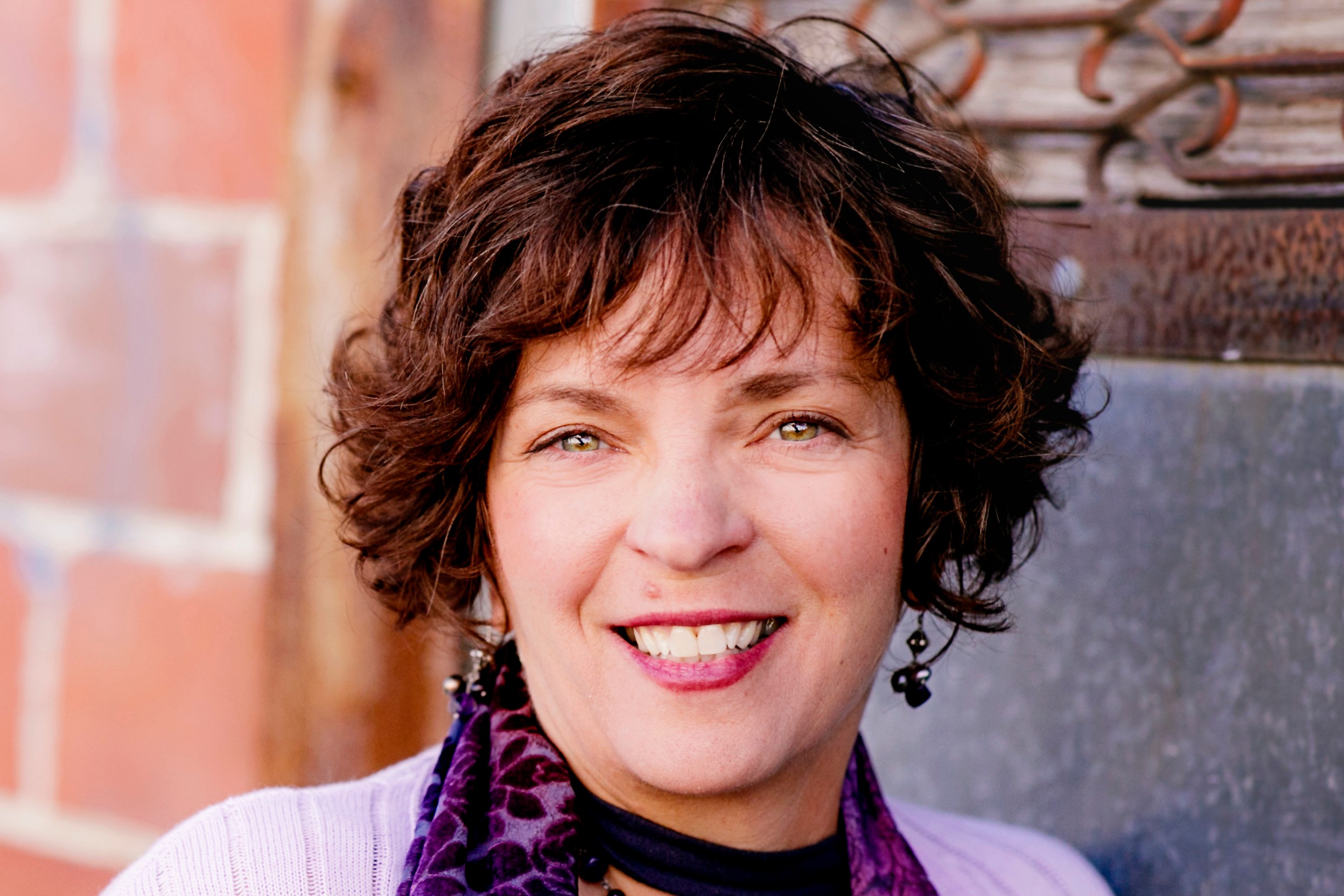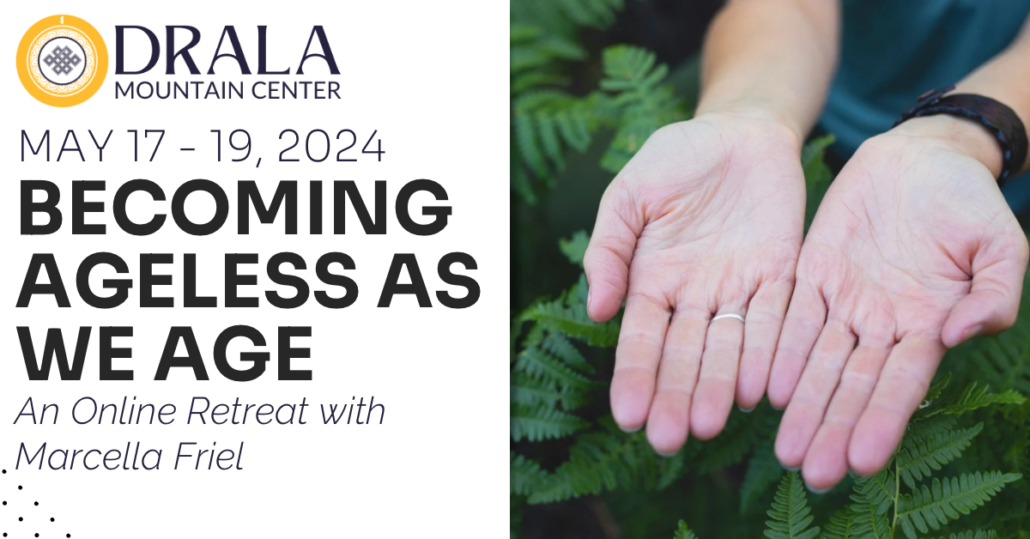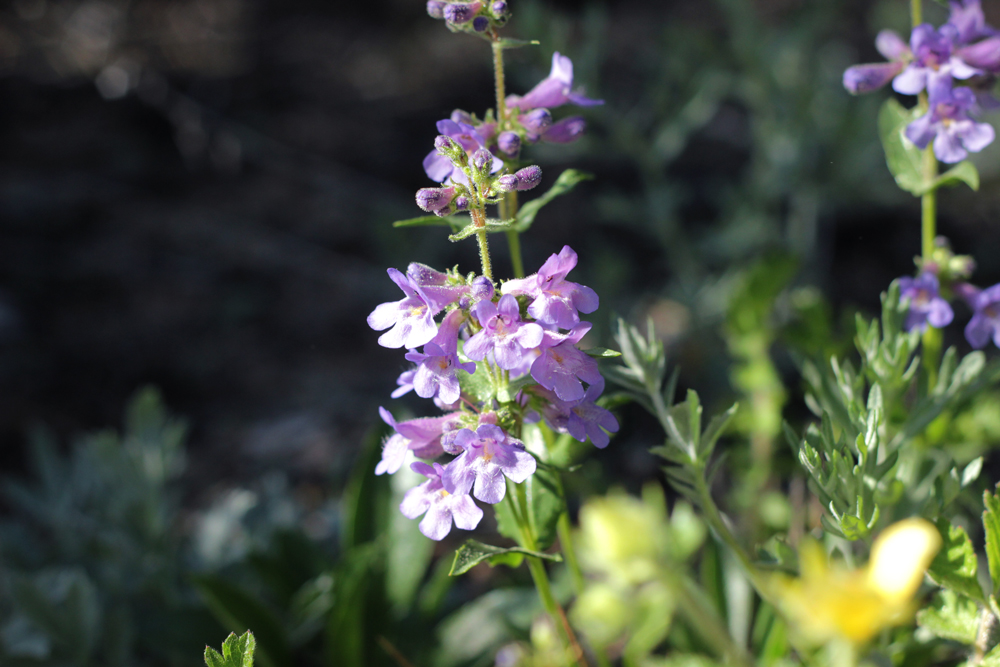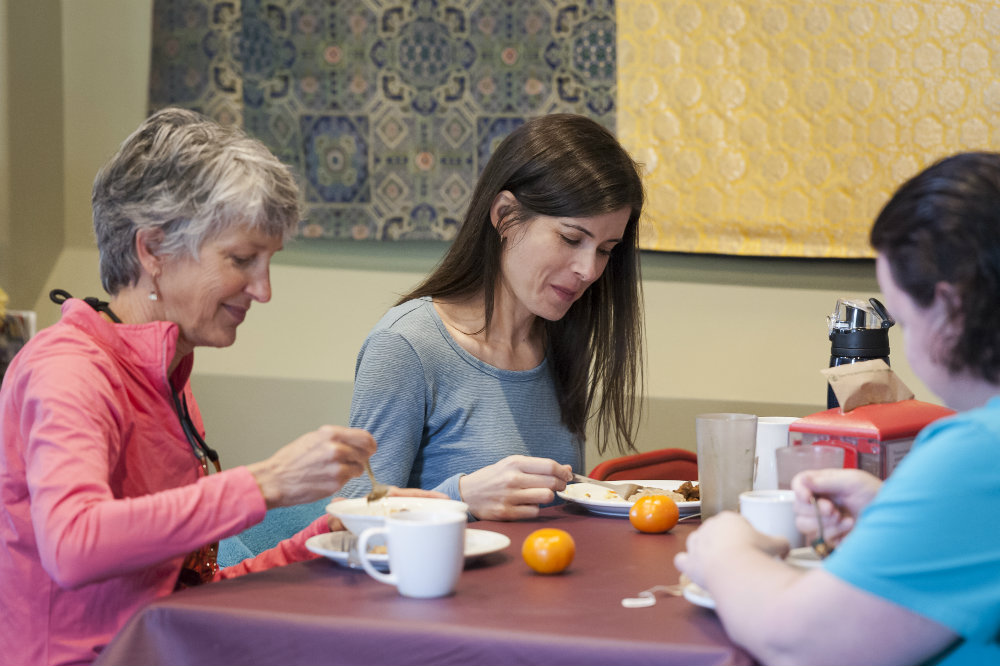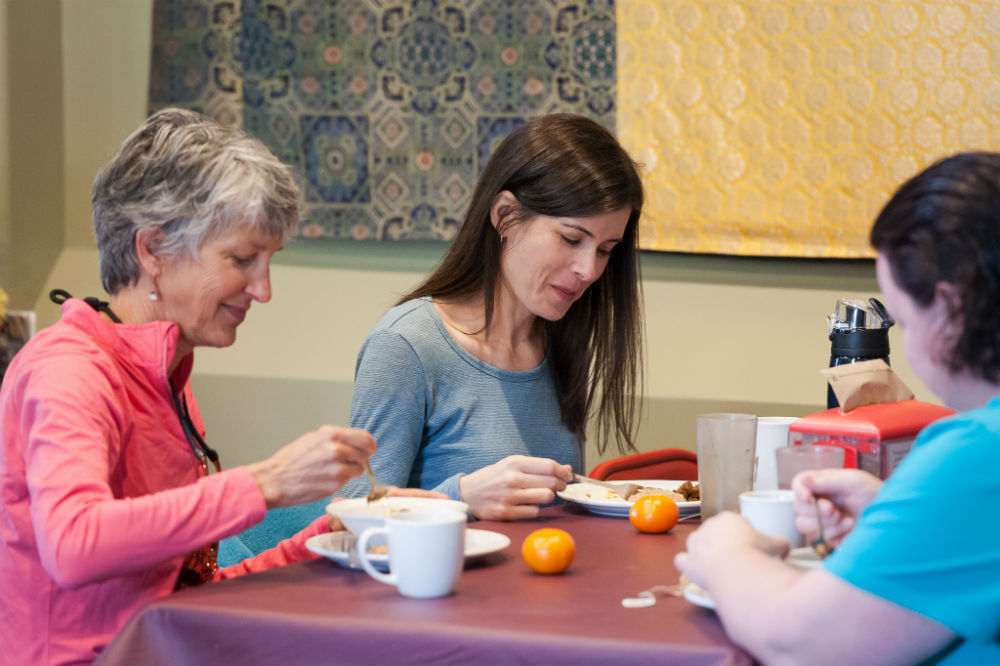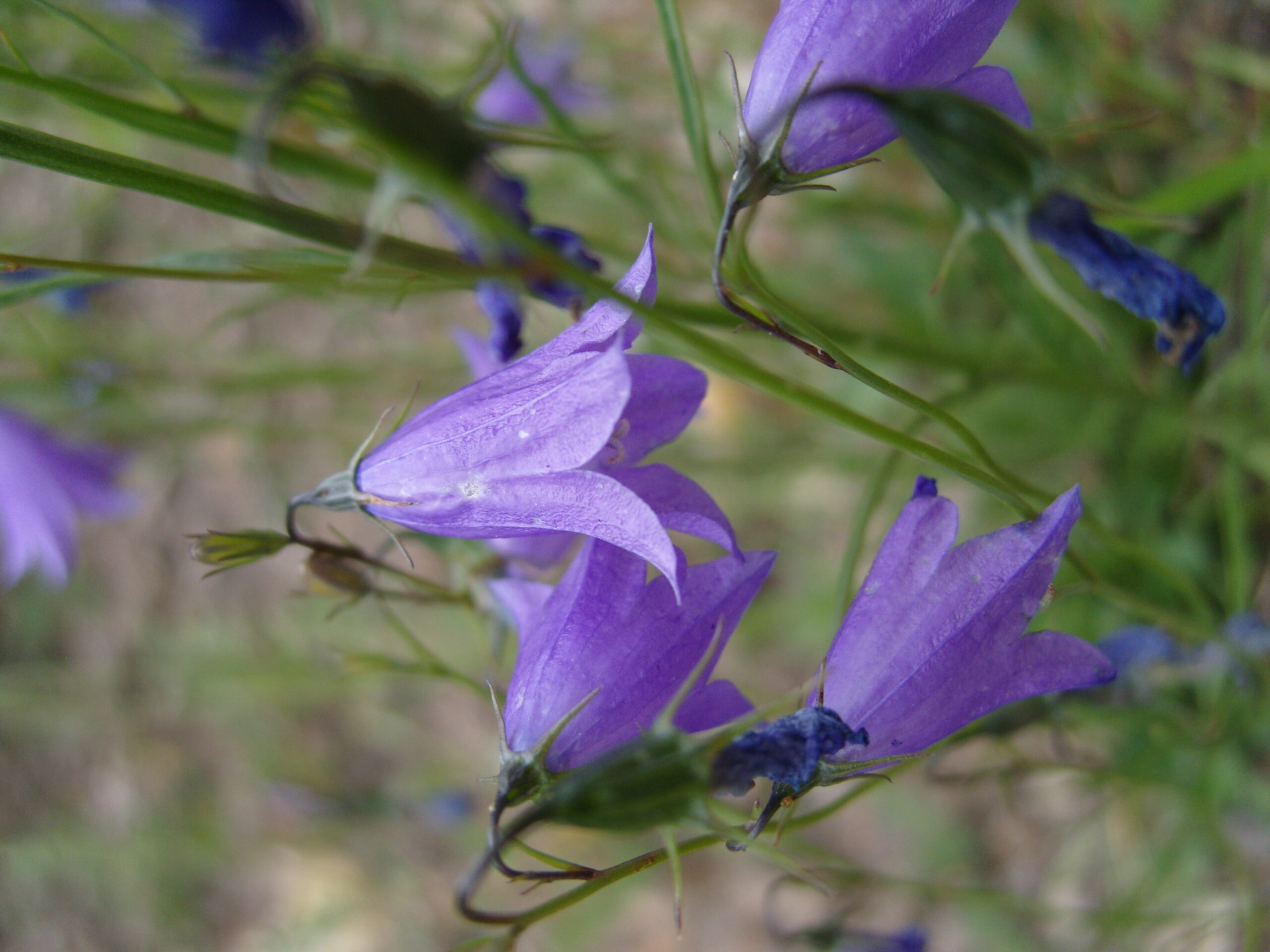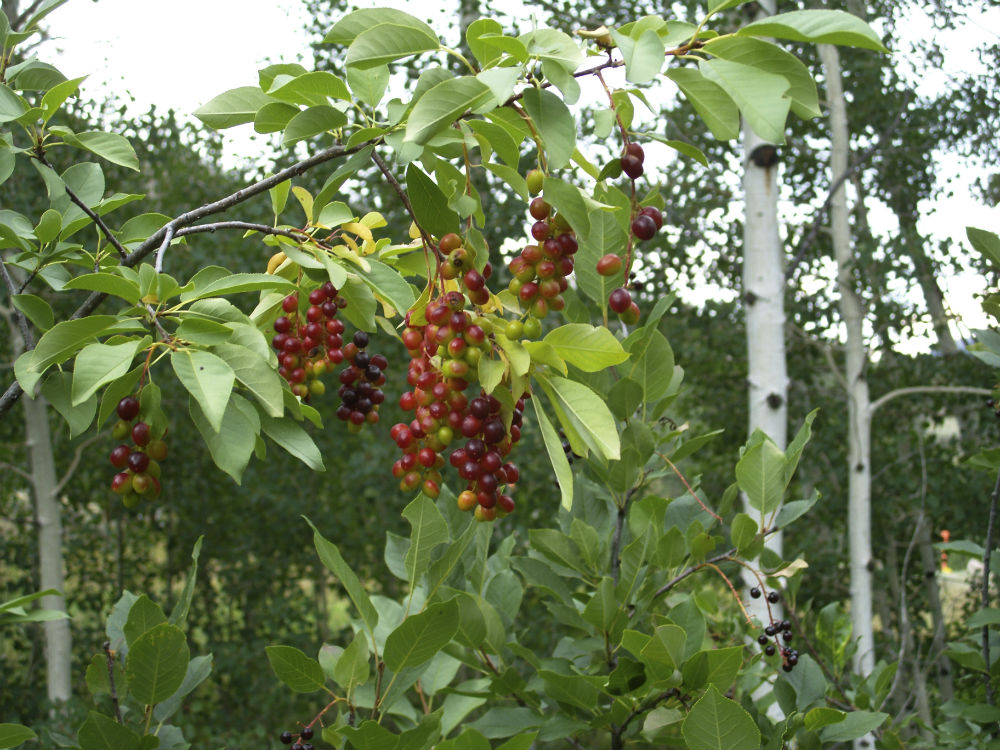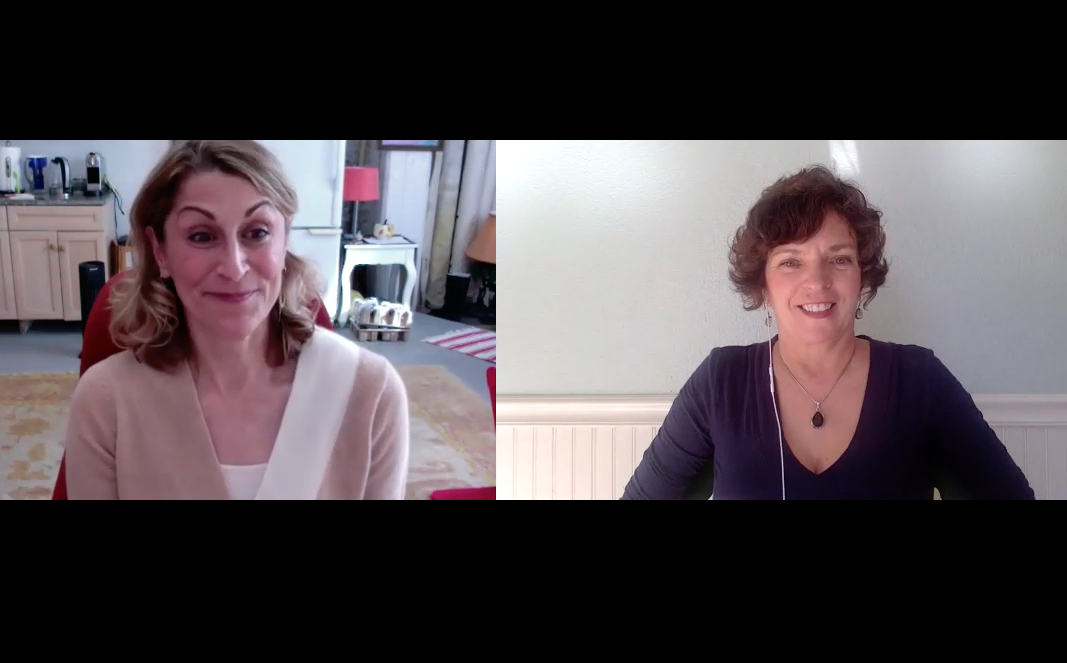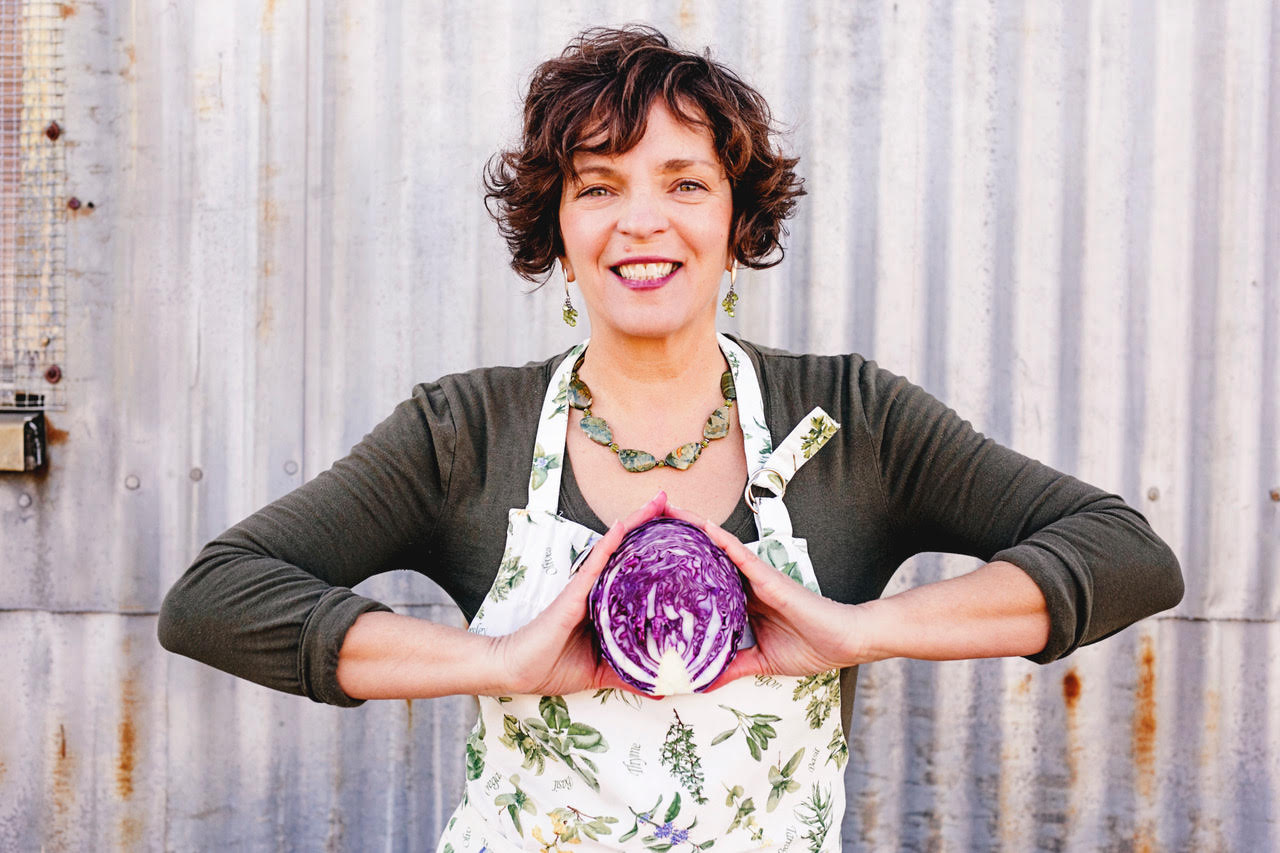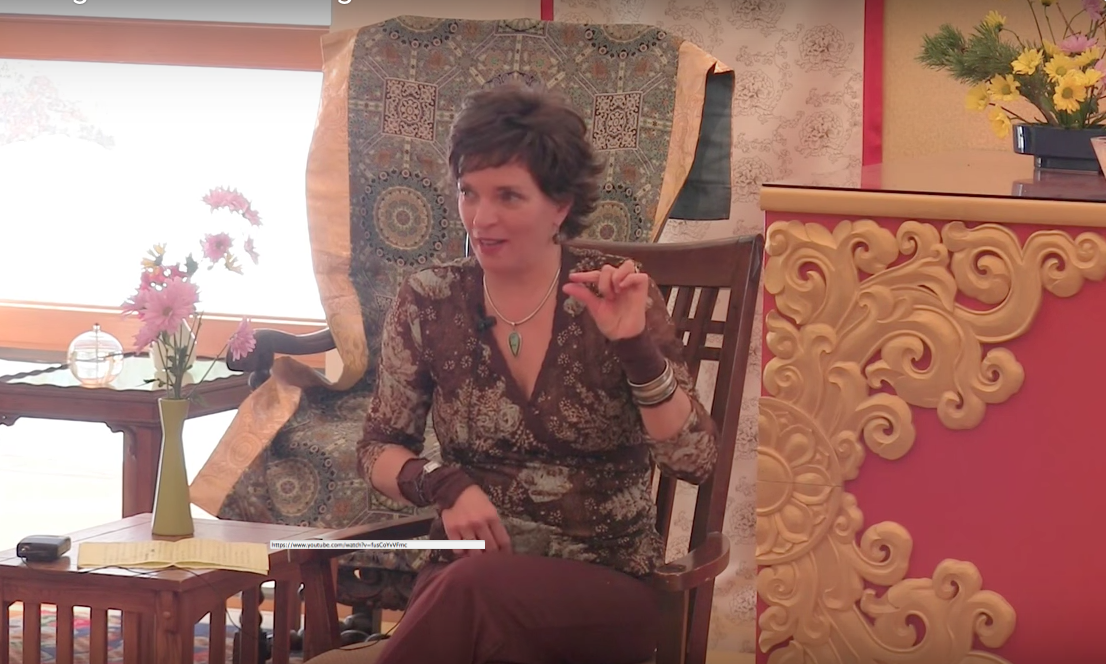Becoming Ageless As We Age
By Marcella Friel //
Having no choice but to stay home this past year, I’ve taken advantage of the lockdown to deepen my commitment to what had previously been my “do-it-when-I-feel-like-it” yoga practice.
Enlisting the support of a pod mate, we’ve been spending 90 minutes a day, five days a week, in meditation, asana, chanting, pranayama, and luxurious periods of shavasana.
This has been an extraordinary endeavor for me, given that I started this rigorous practice with such severe low back pain I could barely bend down to tie my boots or pick up my cat’s food bowl.
For years I accepted my worsening condition as an inevitable ravage of time. And yet now, at age 59, I’m wrapping up my sixth decade of life feeling more fit, foxy, and flexible than I did 10 years ago, maybe even 20.
My once-disabling back pain is now a minor discomfort. I do headstands and full lotus postures with ease.
My renewed physical vitality, combined with the deepening self-knowledge that comes only with years of experience, make me feel that the best years of my life are indeed ahead.
Does It Have to Go Downhill?
Obviously, this isn’t the norm for aging adults in the modern world. As my 65-year-old brother sagely advised me on my 59th birthday, “You know … after 60 it all goes downhill.”
Says who? I thought to myself. But of course I know the answer.
In a culture where sickness is more profitable than health, we consumers are so much more accustomed to regard the aging process as pain and disease and limitation rather than vitality and regeneration and well-being.
This negativity is what meditation master Chögyam Trungpa called the setting-sun world, a contracted outlook in which we’re bombarded by messages that it’s too late, we’re too old, the best of our lives are behind us, and that as we age we can only look forward to physical and mental decrepitude culminating in a terrifying, lonely death.
The Secrets of Agelessness
Trungpa Rinpoche asserts that Great Eastern Sun vision, on the other hand, is “a very gentle approach based on appreciating ourselves and our world.”
Within the Great Eastern Sun vision lie the secrets of cultivating agelessness through the three gates of body, speech, and mind.
Body
All the self-care practices that ward off the oxidative stress of aging—eating well, sleeping well, exercise, meditation—will never become ways of life until we make an unconditional commitment to meet our body where it’s at and work with it as an ally rather than an adversary.
In the early days of my yoga practice, I would often just lie on my mat and cry—first in frustration for the sheer pain I felt, then in grief for the choices I made that so deeply harmed my body.
Finally, the tears expressed the tender recognition that my body’s physical pain was an expression of its perennial desire to restore homeostasis and healing.
Returning to my mat again and again, I began allowing my body to take the lead in my practice. In this way the strength, balance, and flexibility that now enable me to do those headstands grew on their own time. I discovered deep respect for the natural dignity of my body mandala, even if at first that meant only bending halfway in my sun salutations.
Speech
Spiritual traditions throughout history have recognized that energy becomes form through the power of speech. The seemingly gibberish term abracadabra, for example, translates from the ancient Aramaic as, “I create what I speak.”
So what do we create when we complain about our declining health, our aging bodies? Or when we casually say, “It all goes downhill after 60 (or 40 or 30)”?
Chronic complaint dries up the infinite river of possibilities. It sets up neural networks that make it easier to keep complaining. It elevates stress hormones, reduces cognitive capacity, and impairs memory, as those of us with ailing cranky elders in our lives know all too well.
What do we create when, by contrast, we choose our words thoughtfully, even when we do in fact need to express negative emotions or experiences? Or when we slow down and listen? Or embrace the silence between our words? As one of the most powerful creative tools at our disposal, mindful speech brings regenerative age-reversal into our lives and indeed, to the entire planet.
Mind
Perhaps the greatest challenges of the aging process are the setting-sun residues of regret, guilt, and shame that accumulate in our psycho-physical stream as by-products of unresolved trauma.
If we’re trying to drink from the fountain of youth while berating ourselves over our failed marriages, dietary abuses, or economic losses, we’ll never have enough horse-power to make the progress we desire. We’ll continually be pulled back into the undertow of regret and its accompanying beliefs of “don’t deserve” or “never good enough” that accompany those bitter memories.
Neurological repatterning tools such as Emotional Freedom Techniques help us discover the gifts, blessings, and lessons that lie within our traumatic experiences and make room for a life-affirming mindset of gratitude and equanimity.
The Fertile Field of Possibility
The stormy waves of birth, old age, sickness, and death are the inescapable marks of conditioned existence. Yet even as our hairline recedes and our skin wrinkles, our body and spirit have remarkable capacities for regeneration. We can make daily choices that nurture a present-time spirit that is fresh, clear, and frolicking in the fertile field of possibility.
Far beyond an exercise routine, my yoga practice has become a consort on the path of aging passionately. If the past year is any indication of what’s ahead, my 60s are going to be amazing beyond my wildest dreams, even in this challenging time.
What actions can you take today to cultivate agelessness even as you age? Drop a line in the comments section below. I’d love to hear from you.
Join Marcella Friel for this upcoming online program:
Check out this video from Marcella’s YouTube Channel, “Women, Food & Forgiveness”:
About the Author:
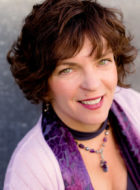 Marcella Friel is a mindful eating mentor who helps health-conscious women love and forgive themselves, their food, and their figure. She is the founder of the Women, Food & Forgiveness Academy, an online program to help women cultivate unconditional self-love as the path to sustainable body-weight balance. Over 50,000 women have experienced profound transformation through Marcella’s best-selling courses on DailyOM and through her book, Tap, Taste, Heal: Use Emotional Freedom Techniques to Eat Joyfully and Love Your Body. Marcella lives in the Sangre de Cristo Mountains of Southern Colorado.
Marcella Friel is a mindful eating mentor who helps health-conscious women love and forgive themselves, their food, and their figure. She is the founder of the Women, Food & Forgiveness Academy, an online program to help women cultivate unconditional self-love as the path to sustainable body-weight balance. Over 50,000 women have experienced profound transformation through Marcella’s best-selling courses on DailyOM and through her book, Tap, Taste, Heal: Use Emotional Freedom Techniques to Eat Joyfully and Love Your Body. Marcella lives in the Sangre de Cristo Mountains of Southern Colorado.
